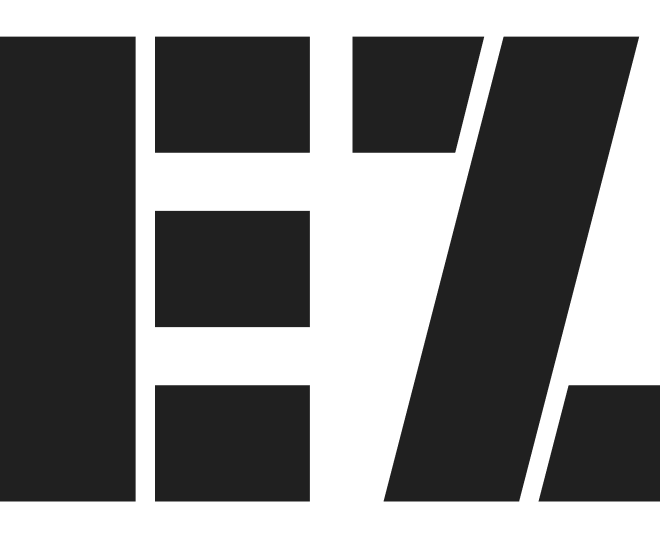Overview
The WiCS club at the University of Virginia that has 200+ members and holds an annual hackathon each year. It’s a new tradition. Without documentation and a lack of money from previous years, the co-directors were tasked to recruit and train a new team, raise funds, market, coordinate the event day, and establish infrastructure to support future events. Overall, Hack to the Future was able to raise $4.1k in funding, double event attendance to 57, and launch 8 women into leadership positions in WiCS.
Role
Co-Director, Project Manager, Design & Research Mentor
Timeline
Aug 2018- May 2020
Methods
Domain Research, Pop-up Research, Divide & Conquer Approach, Parallel Designing, Digital Marketing, Surveys,
Tools
Google Drive, Slack, Figma, Google Drawing, MailChimp, Bit.ly, Wix
Introduction
I stand in front of a crowd. Twenty-or-so pairs of eyes silently stare back at me. At the front of a tiny computer science classroom in the basement, I make my promise.
“I promise to make an even bigger and better hackathon than anything this club has ever seen!” I gesture a big wave to try and capture the grandevity.
The room burst into laughter and clapped with encouragement. It was certainly unexpected that I had even given a speech. After all, no one else applied to be a hackathon co-director. I would have won the leadership position by default. Yet I still choose to practice my speech at least a dozen times in front of the mirror.
Even though the air was light, I felt heavy from delivering such a hefty promise. All I knew was that failure was not an option.
Facebook picture of Women in Computer Science
Problem
It turns out that running a hackathon is pretty tricky. It requires understanding of logistics, marketing, finance, and people.
Heck, there was the added layer of complexity in that I barely had any documentation to go off of. Seriously, I love the previous co-chair, who inspired me to apply to be a hackathon chair, but there were only two documents at most. In addition, the hackathon team started with no plans for funding.
I was in deep doo-doo. Not for long though! I love to problem-solve, and I expanded the position to have a co-chair to help with coordination. The first phase to the project was to develop a timeline. The fall semester would be for research & recruitment while the spring semester would be for implementation.
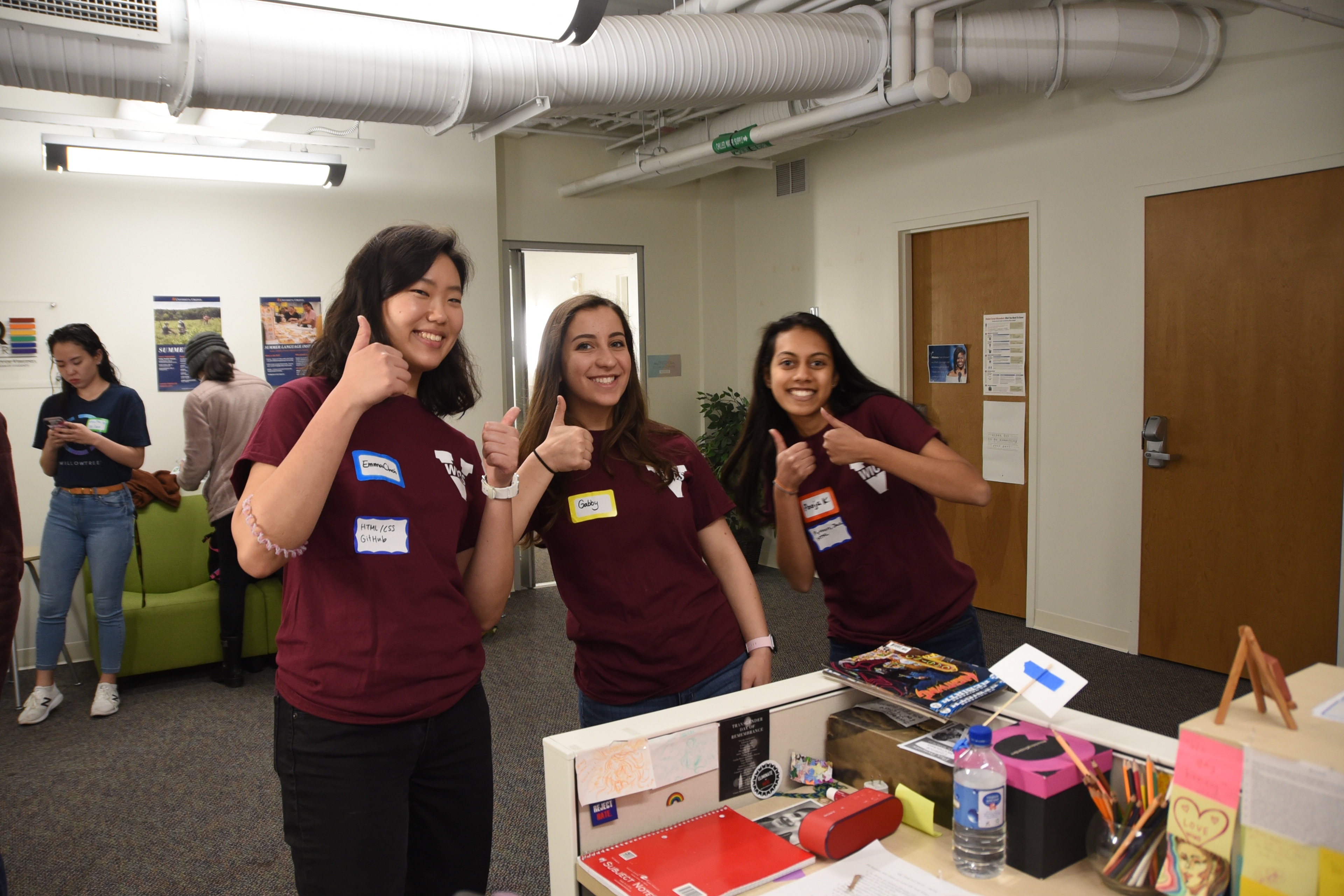
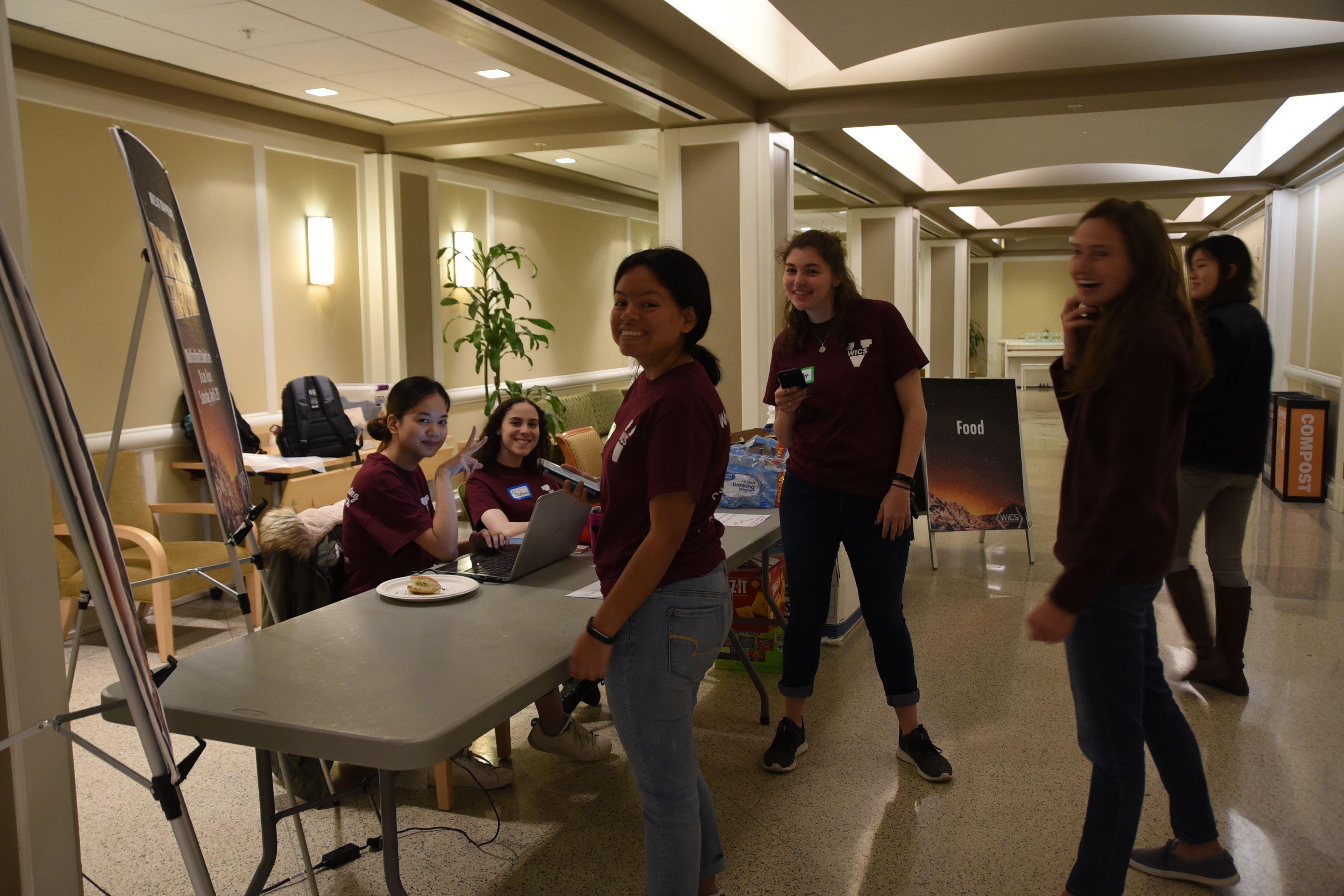
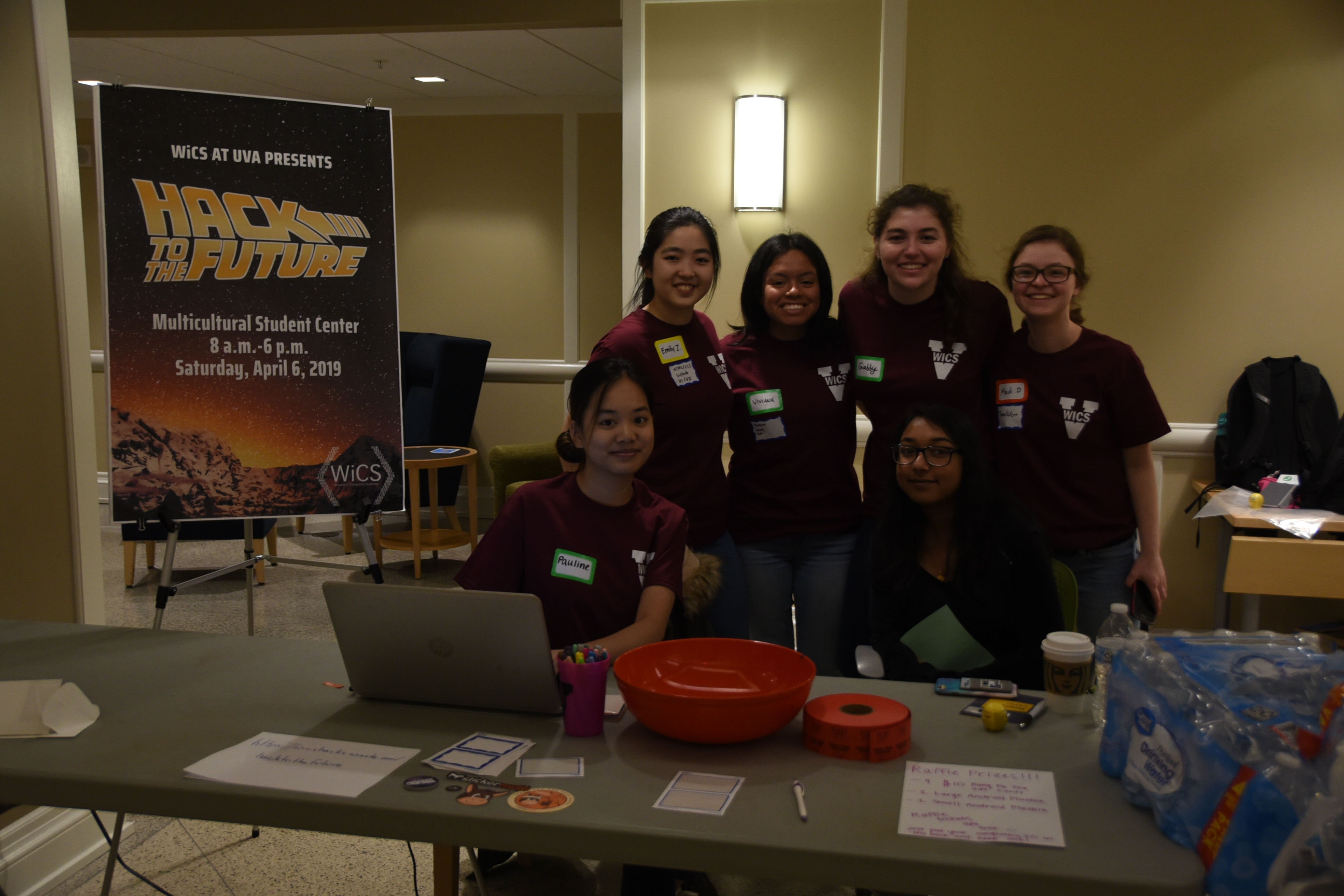
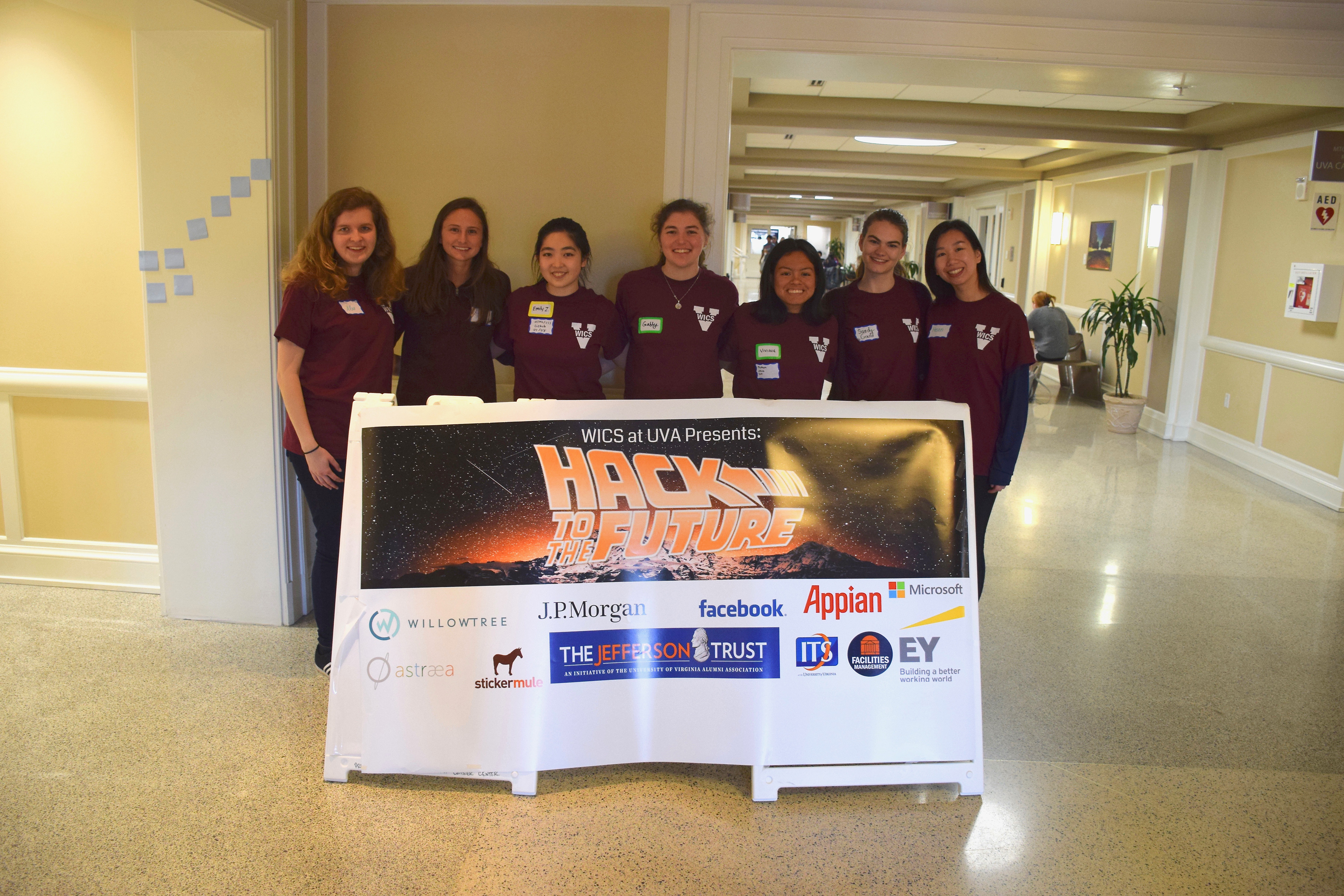

Research & Insights
We used the fall to do user research and used the spring to build a bigger team and ask for funding. In total, our team was 13 members with WiCS executives helping with volunteering on the last day. We learned how to mentor, get funding, market, and run hackathon within 4 months.
Background Research
During the fall, I spent the first few months conducting exploratory research on the key factors to running a successful hackathon. This included scouring the MLH website for information and reading up on other guides. We created documents and folders of research that we found to be useful. Overall, many guides suggested dividing committees into these four teams- marketing & branding, fundraising, design, and logistics. We started designing custom templates based off of our own requirements. We leveraged
We also did some domain research about increasing diversity initiatives. The biggest takeaway from doing the readings were that barriers to entry is a huge problem for marginalized communities. As we read more about the problems that women and minorities faced in STEM fields, the more we were determined to create a team that could give anybody, especially women, the opportunity to help with our hackathon. We decided to market primarily in our WiCS newsletter, which hundreds of women receive, and made it clear that no experience was necessary. It was so easy, in fact, that there was no application needed, too. People could freely pitch in to help and dedicate as much time as they could.

Field Studies
Throughout the semester, my co-chair and I would travel and participate in other women-focused hackathons like Diamond Hacks or Pearl Hacks to conduct field research. I would record observations and voice memos on my phone when doing pop-up interviews with directors and participants.
These questions included “what do you like and dislike about hackathons” and “why do you come out to hackathons?” Combined with our small budget, in which we were guaranteed less than $200, we asked a lot of questions geared towards hosting a smaller, half-day hackathon. It turns out, a lot of female hackers were still interested in small hackathons. People who choose to go to smaller hackathons do so because they enjoy more time meeting the community. Because of this, we reached out to many student organizations and catered local favorites (Roots & Costco) for food choices.

Pearl Hacks presentation room

Winning a prize from bandwidth gave me ideas for prizes
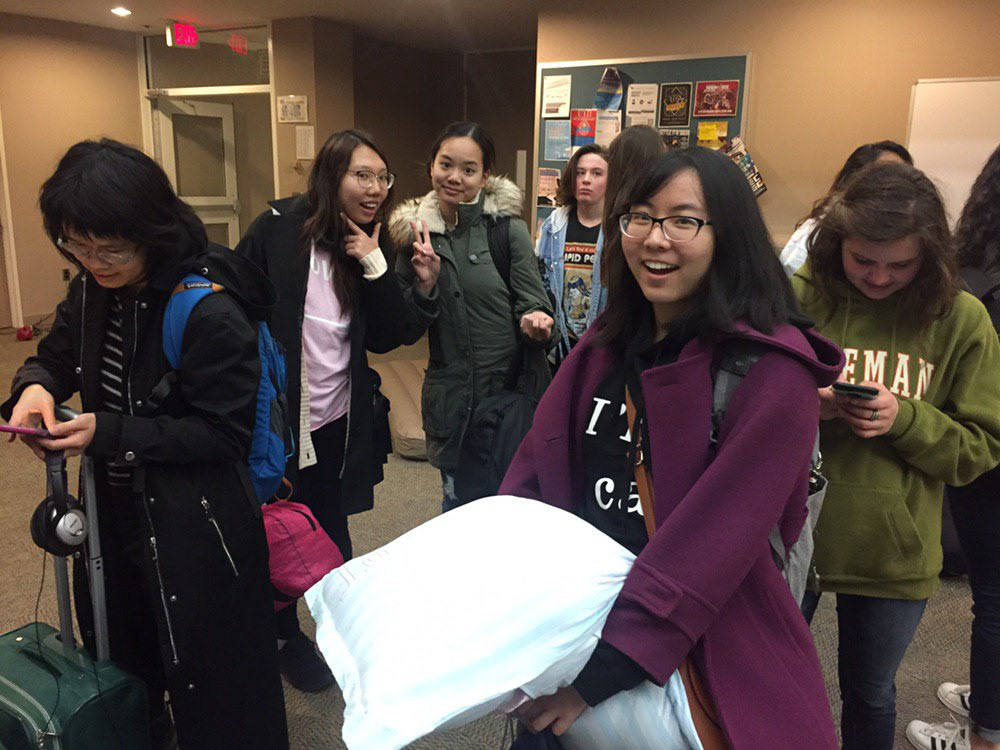
Girls waiting in line to get an air mattress
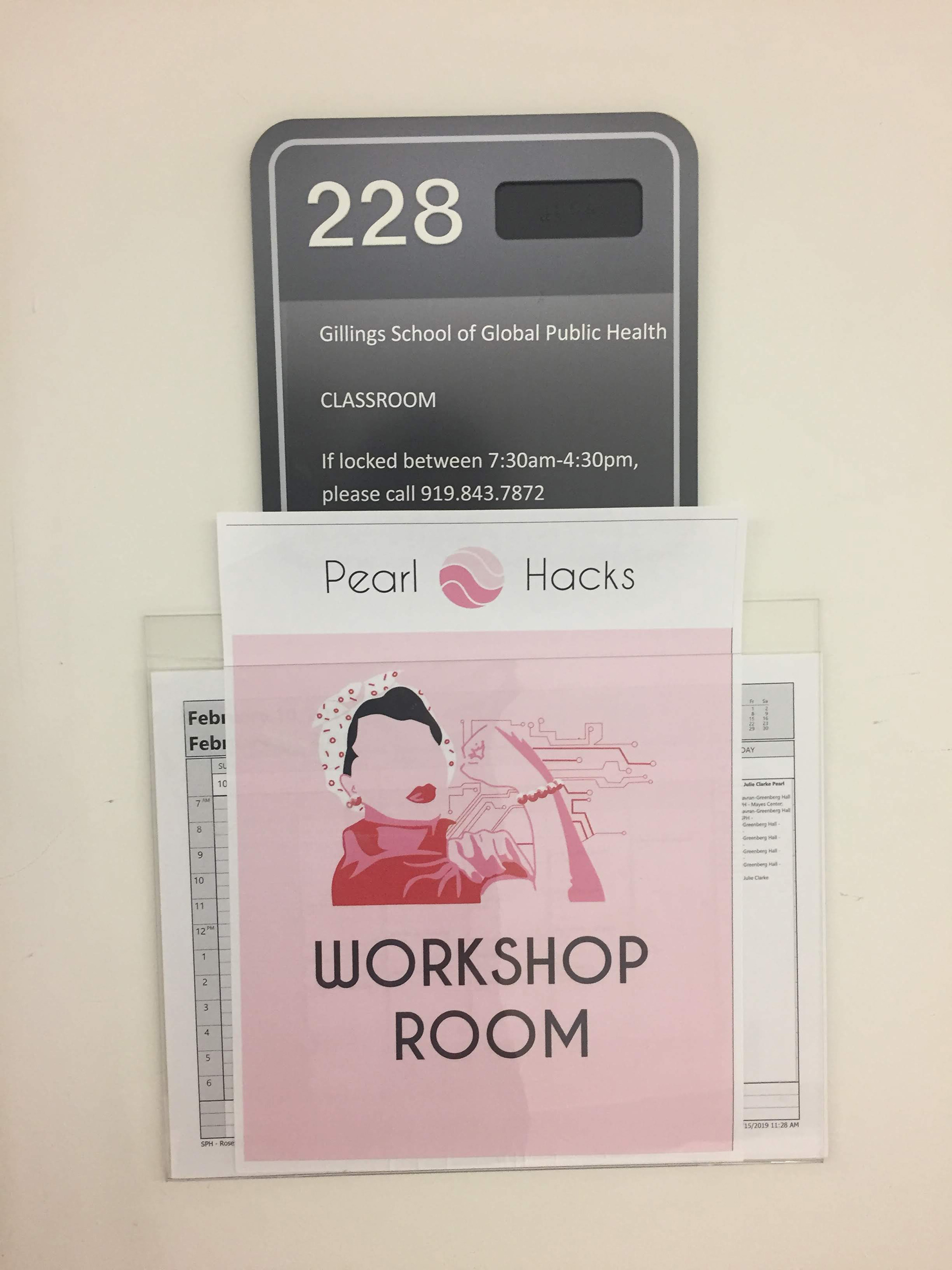
Pearl Hacks had clear signage
Agile Project Management
When it was spring time, 13 members were recruited and we had divided the team according to interest. Using our research findings from last semester such as how to write effective cold emails, apply to grants, and use connections. Through using divide and conquer, we were able to generate $4,000 in three months over 9 one-hour meetings, coordinate 5 workshops, and recruit 8 different industry professionals as mentors.
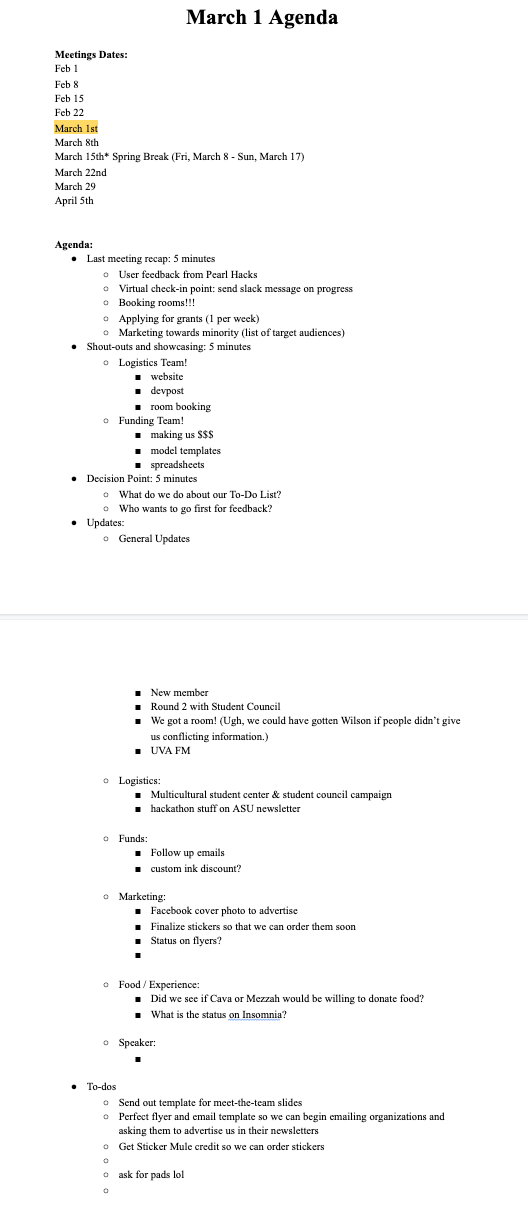
Example of our meeting agendas
Funding & Marketing
We also create opportunities for design that can cater to users. We conducted mostly digital marketing campaigns through MailChimp. This was done after the marketing team produced multiple iterations upon designs. Feedback was given during meetings for teams to seek out advice from friends, colleagues, and other teammates. Most of our designs were done through parallel prototyping, so we marketed and iterated on the most voted designs.
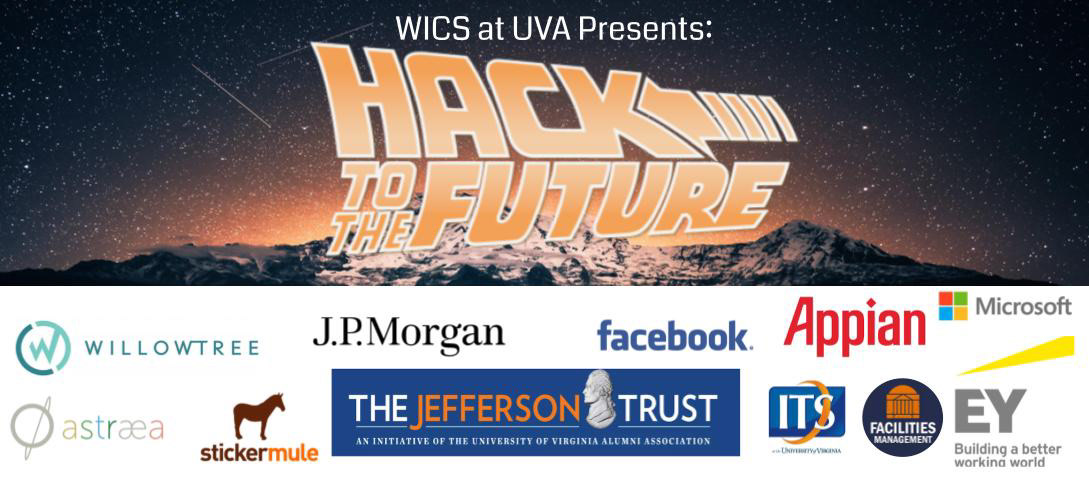
Physical Banner Poster
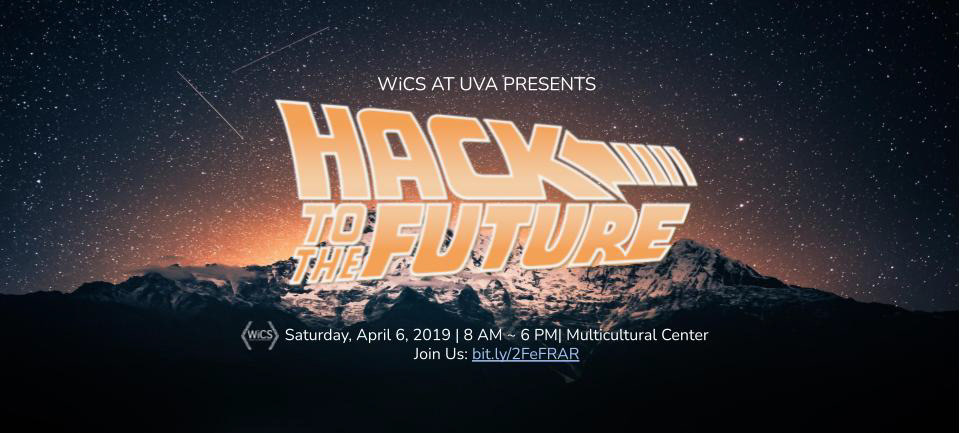
Facebook Banner
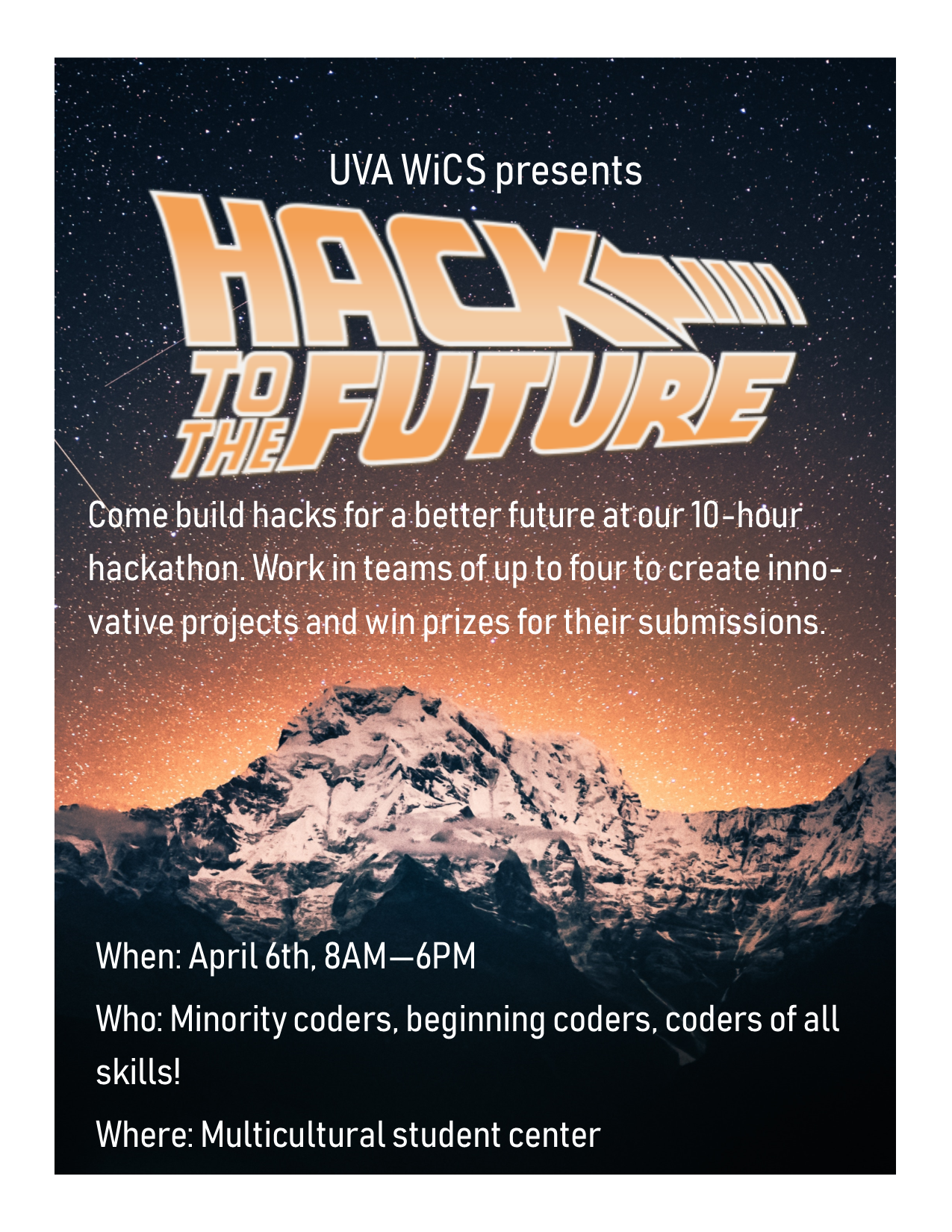
In-person flyer marketing
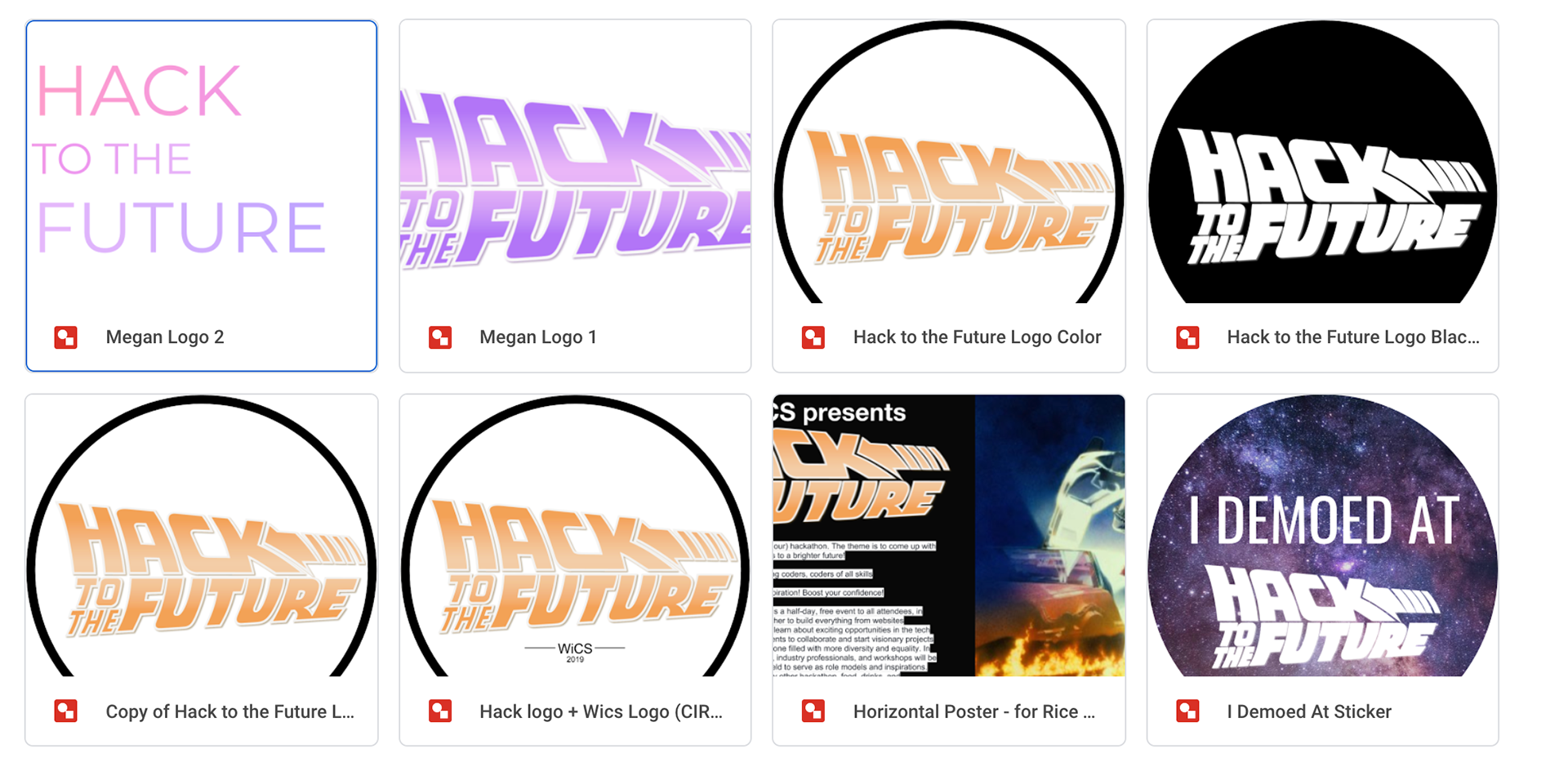
Iterations of Stickers
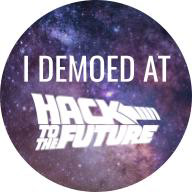
Final I-Demoed sticker

TV Building poster

I made the original cold-email template & structure for invoice
Logistics & Event Planning
Another problem-solving area was picking where the event would be held. Securing a room was surprisingly the hardest part of the process because of strict rules for reserving rooms such as not being able to bring food into classrooms. In addition, there were outlets and an environment for collaboration to consider. Not every room at UVA had outlets, which hackathon-goers would need when being on their computers for many hours. In the end, we coordinated with the Center of Diversity and LGBTQA+ center to borrow their spaces to create a welcoming environment to all. It was perfect for our mission but also it provided enough outlets.
We also utilized zero-waste event application from UVA Facilities Management, in which they provided all the dining utensils that were recyclable. They also took care of trash and made sure the bins were emptied at the end of the day.

I made the template for food and accounted for diet restrictions

Original projected budget
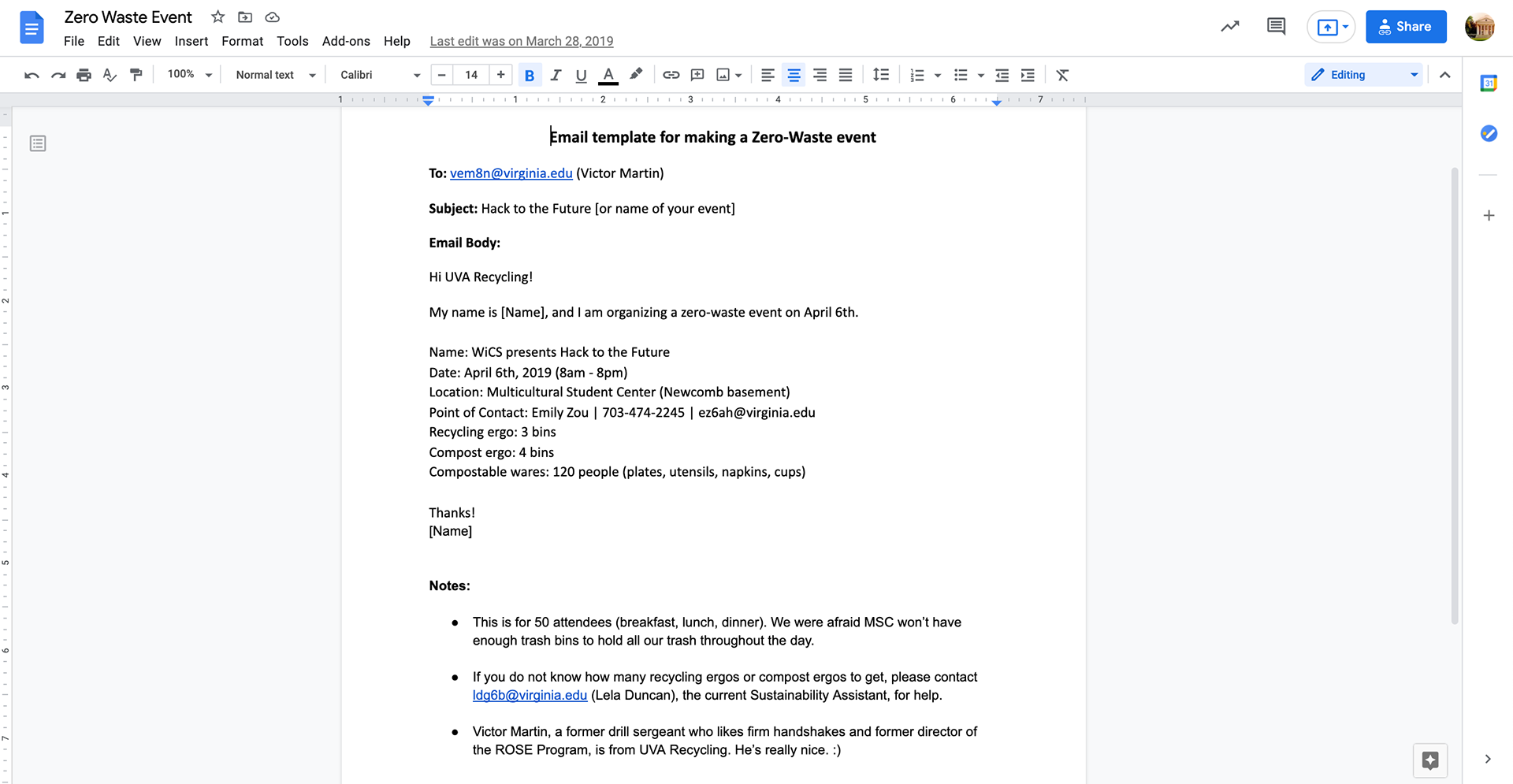
I seeked Facilities Management to host a zero-waste event
Running the Event
The day of our event, we also were able to implement procedures kept track of attendees so that we could see if the hackathon was indeed “bigger” and “better.” Overall, we had 57 attendees, which was nearly double the 30 attendees that had shown up last year. We also had a satisfaction survey, in which participants got to leave their feedback. From the small sample of three that did answer, it seemed like mentors and hackathon-goers both were satisfied from the experience.

Comprehensive schedule
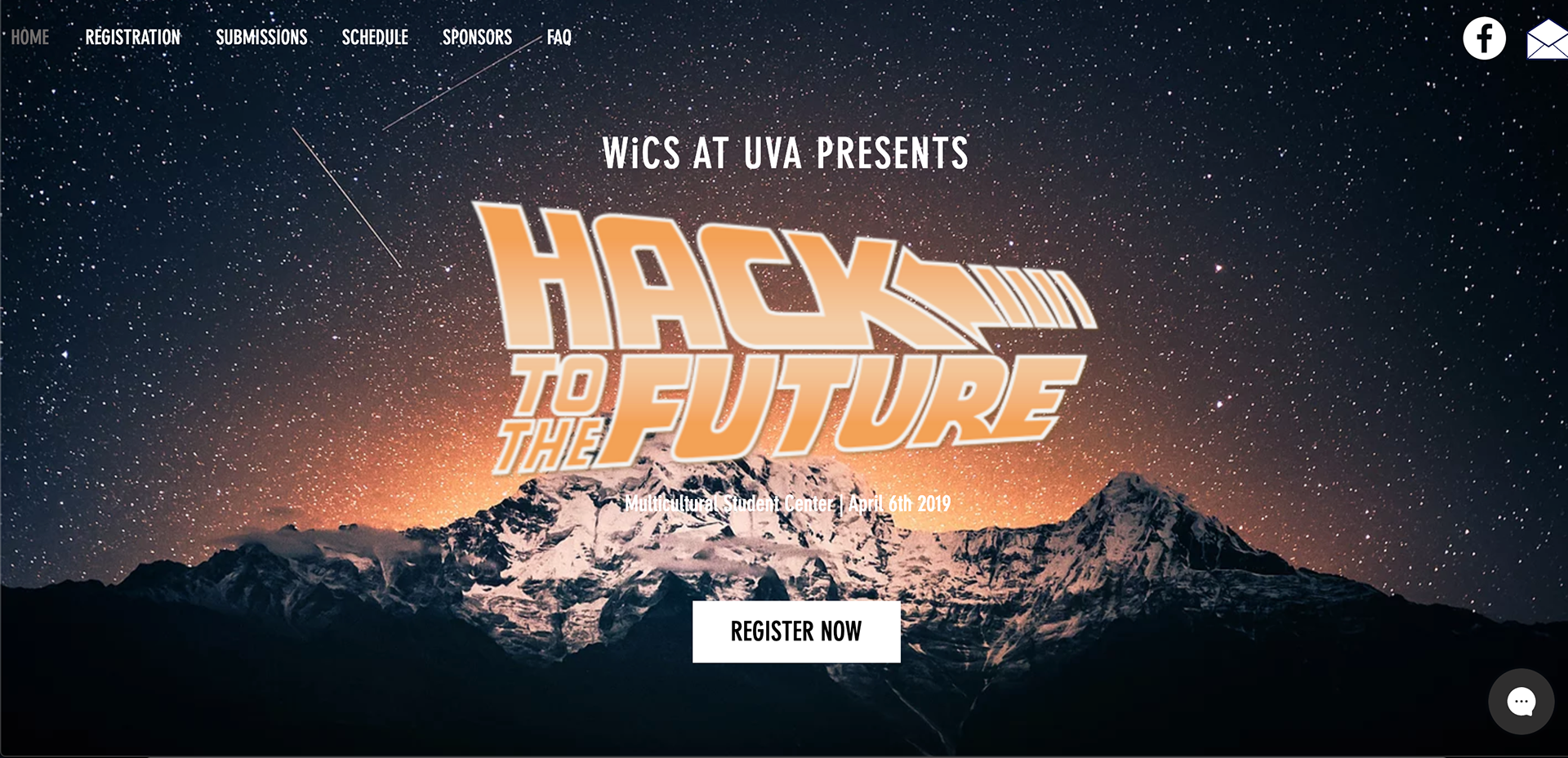
Designed a website
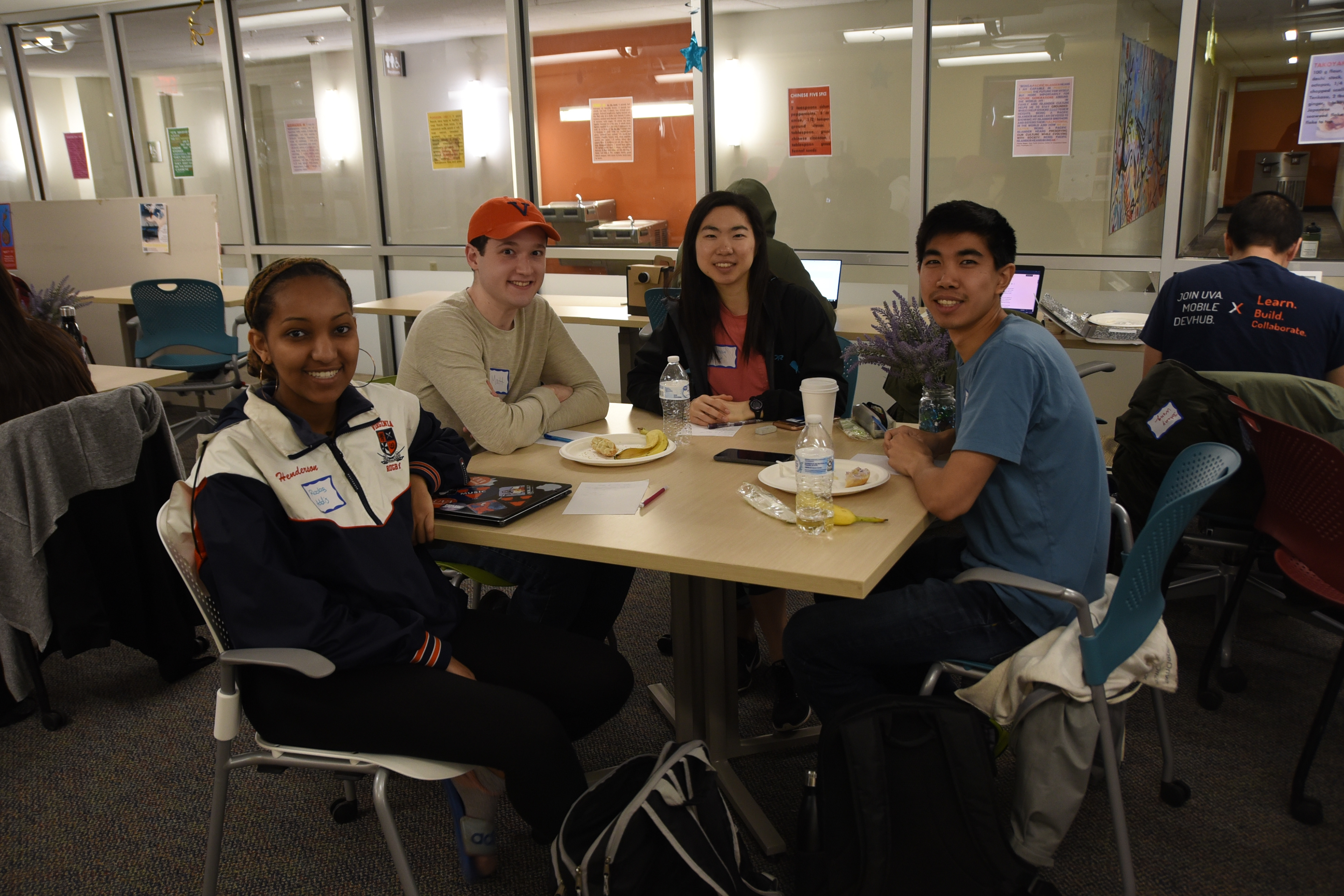
Team posing for a picture
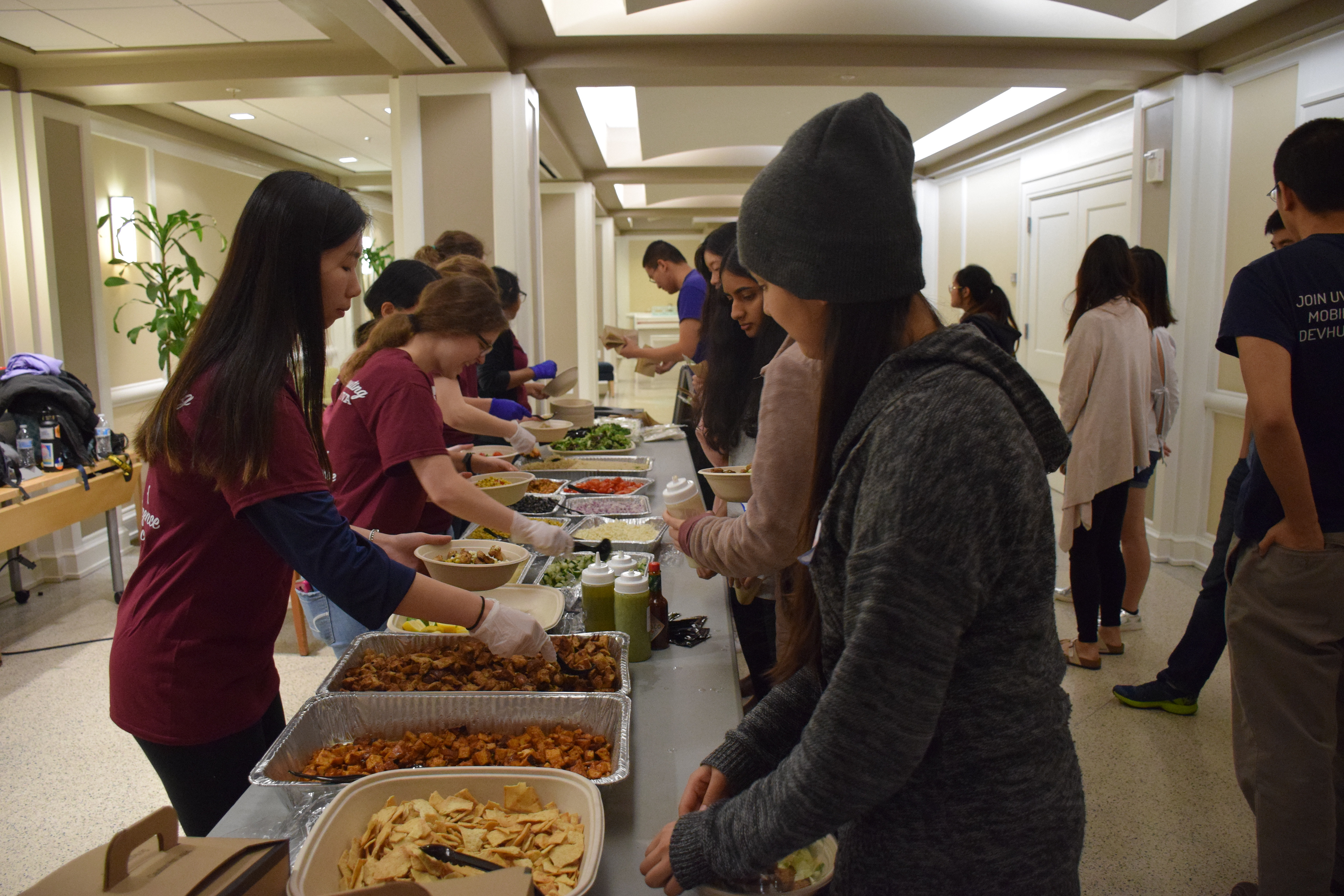
WiCS volunteers serving Roots bowls
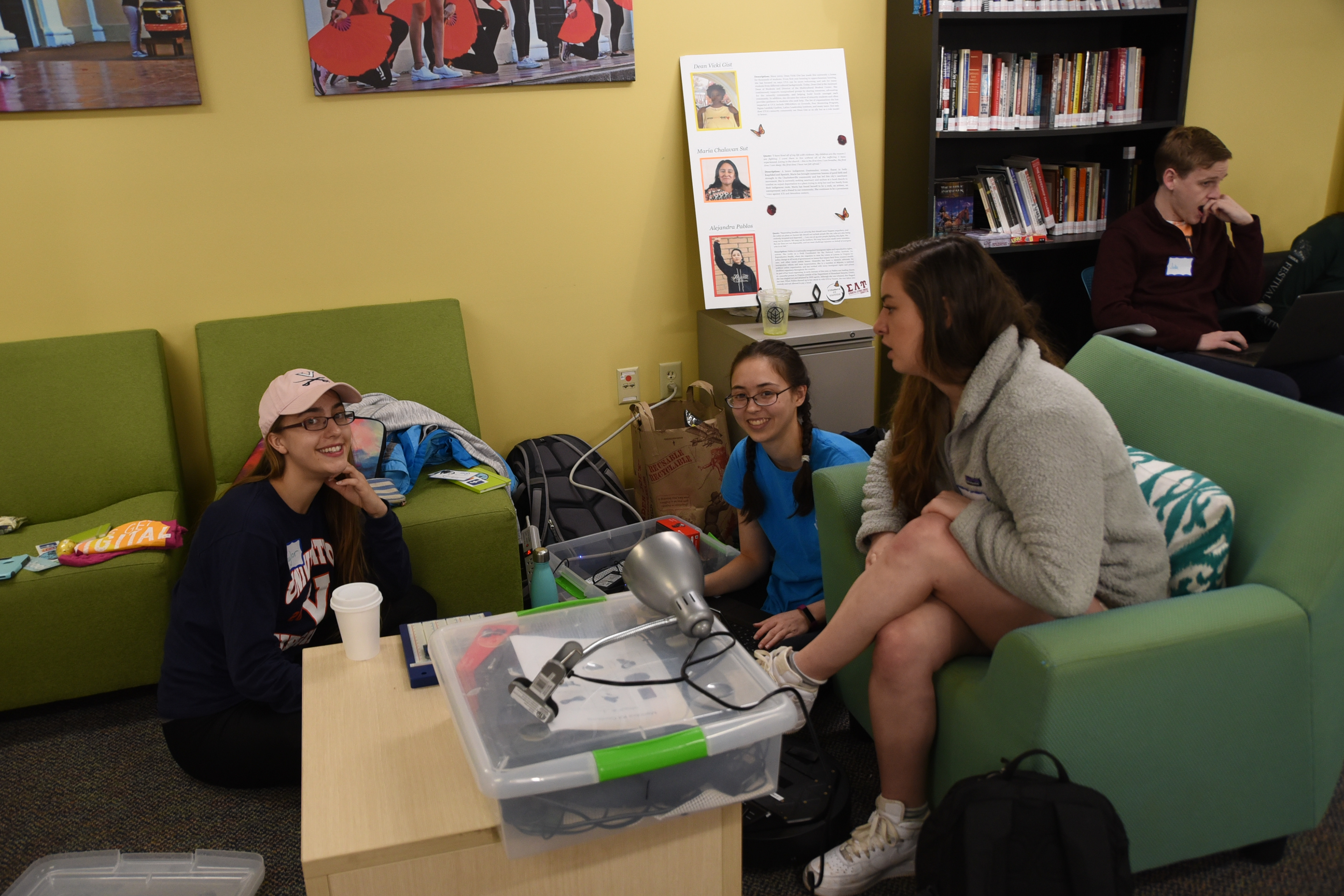
Some teams worked with hardware
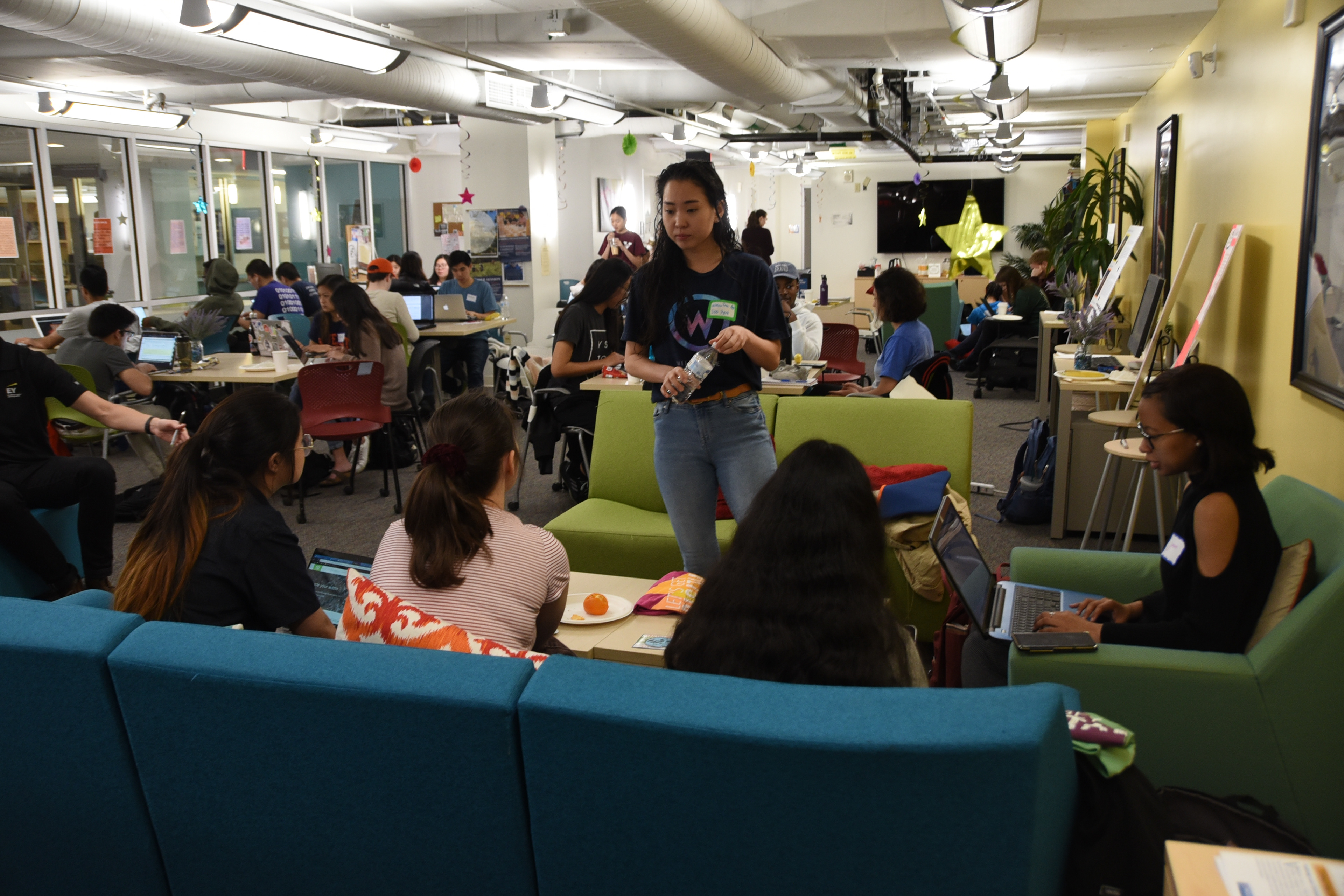
Mentor from WillowTree helping students with code
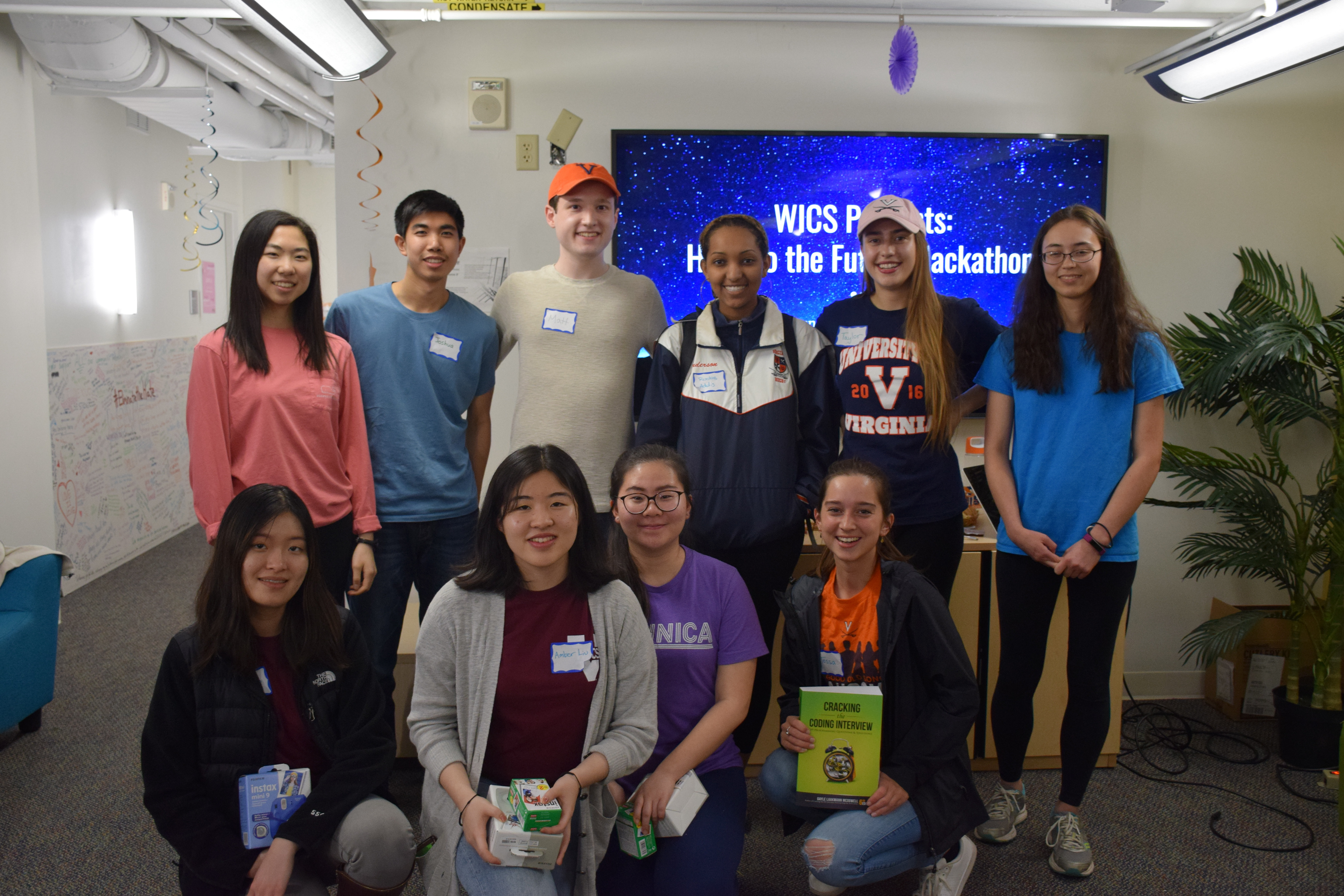
Winners of the hackathon
Results
Directed a 13-member all-female and first-time planner team that had no-application-required for the position over the course of three months to increase accessibility to STEM careers
Raised $4.1k in funding within 3 months with only 9 efficient weekly meetings, generating $700 in profit for WiCS, increasing club funding by 70%
Delivered 3 marketing campaigns through MailChimp, Facebook, and in-person that reached 1000+ students, gained 200+ sign ups, and retained 57 attendees
Designed 16 project management, marketing, and financial templates with informational metrics and data collection guidelines to set up infrastructure for new leaders.
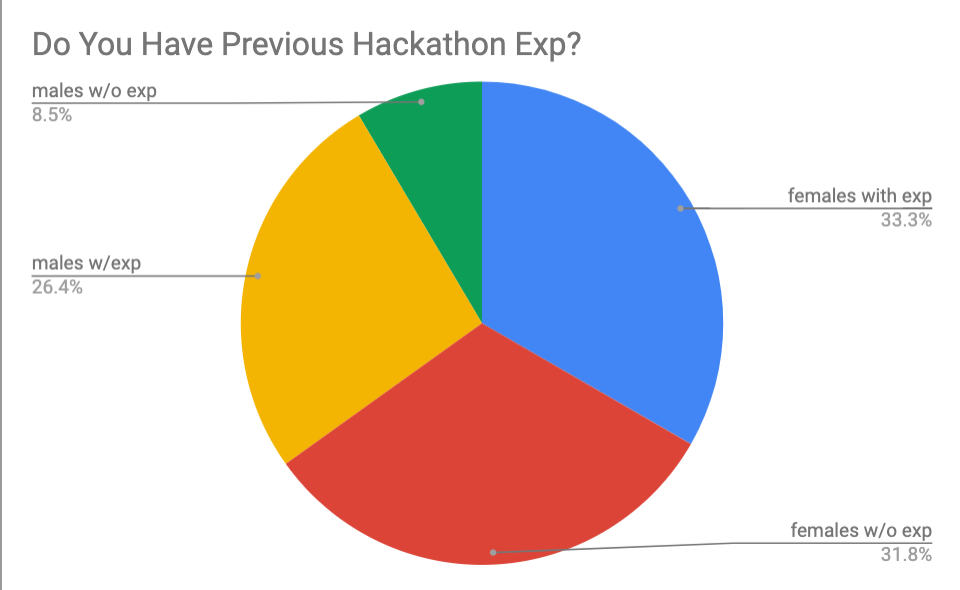




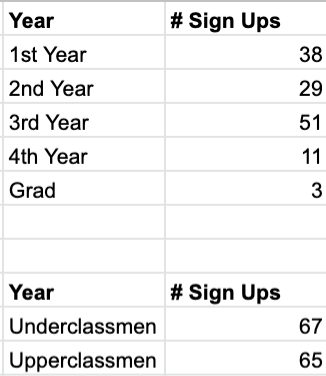
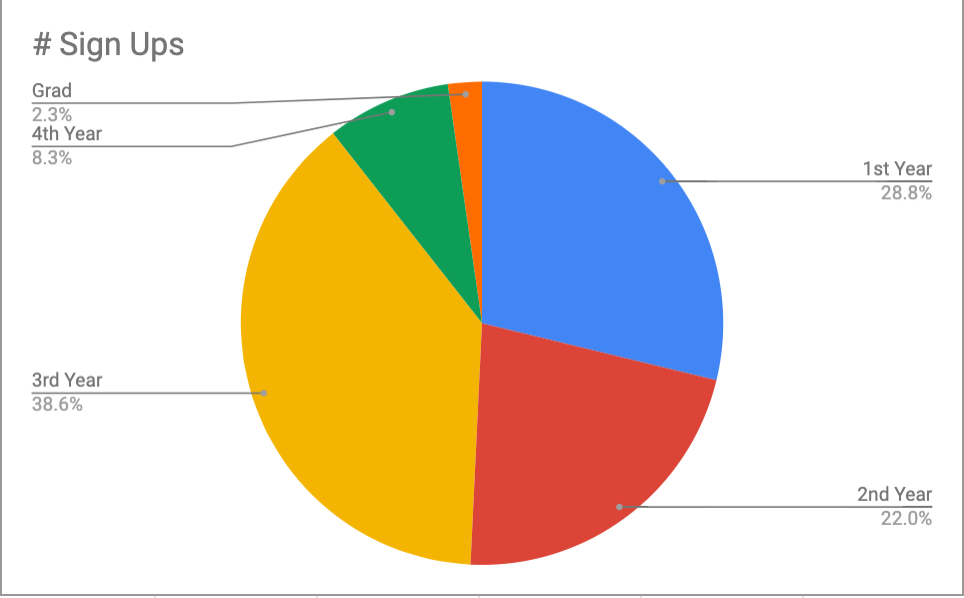
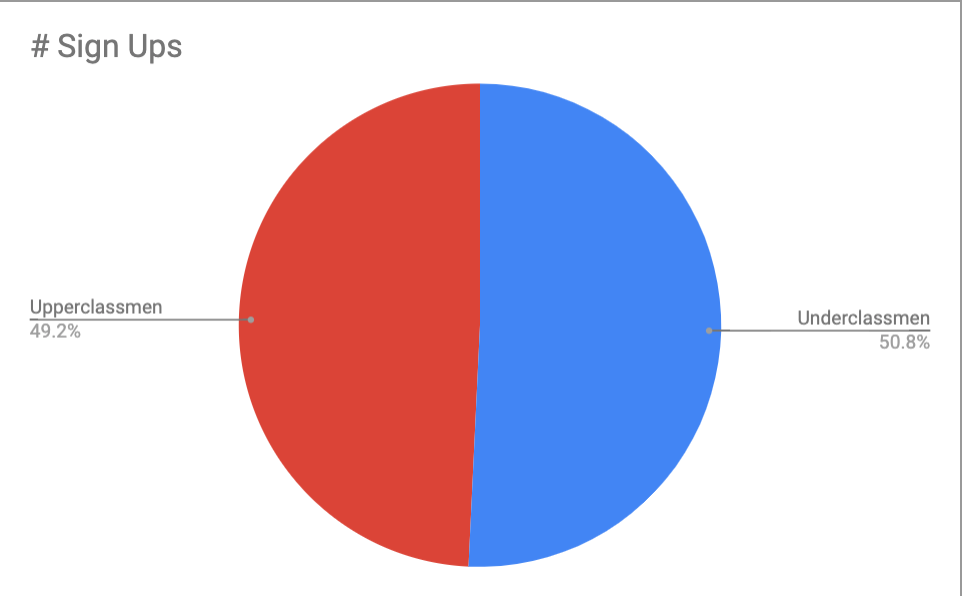



Reflection
I’m proud to have fulfilled my promise. I had successfully designed a hackathon that was “bigger and better.” While some aspects of the hackathon were carefully planned, some other parts were not and so much could have gone wrong, such as if we didn’t secure a room in time.
Still, there are many things that I wish we could have done. Comparatively speaking, our hackathon was small in comparison to a lot of other hackathons out there. We were constrained by funding, which did not flow in all at once. This meant we could not confidently scale our budget to include incentives, prizes, and marketing material. We had to err on the safer side and not over-promise, so we scaled back our plans for a full hackathon into a half-day hackathon. Another problem was that due to our low entry barrier for our teams, it was easy to get people that weren’t ready or invested in the project, so we had to mentor and move members around as others left. Since no one had been on the teams before, everyone had to be flexible to figure things out.
Even with constraints, our hackathon had surpassed its predecessor in size and engagement. For the next year, we had much more starting capital to invest, and we retained 5 members, who were interested in helping out coordinate and mentor new members. In addition, 8 members on our hackathon team have applied to leadership positions in WiCS and now lead their own projects in the club. They now deliver promises and keep them.
